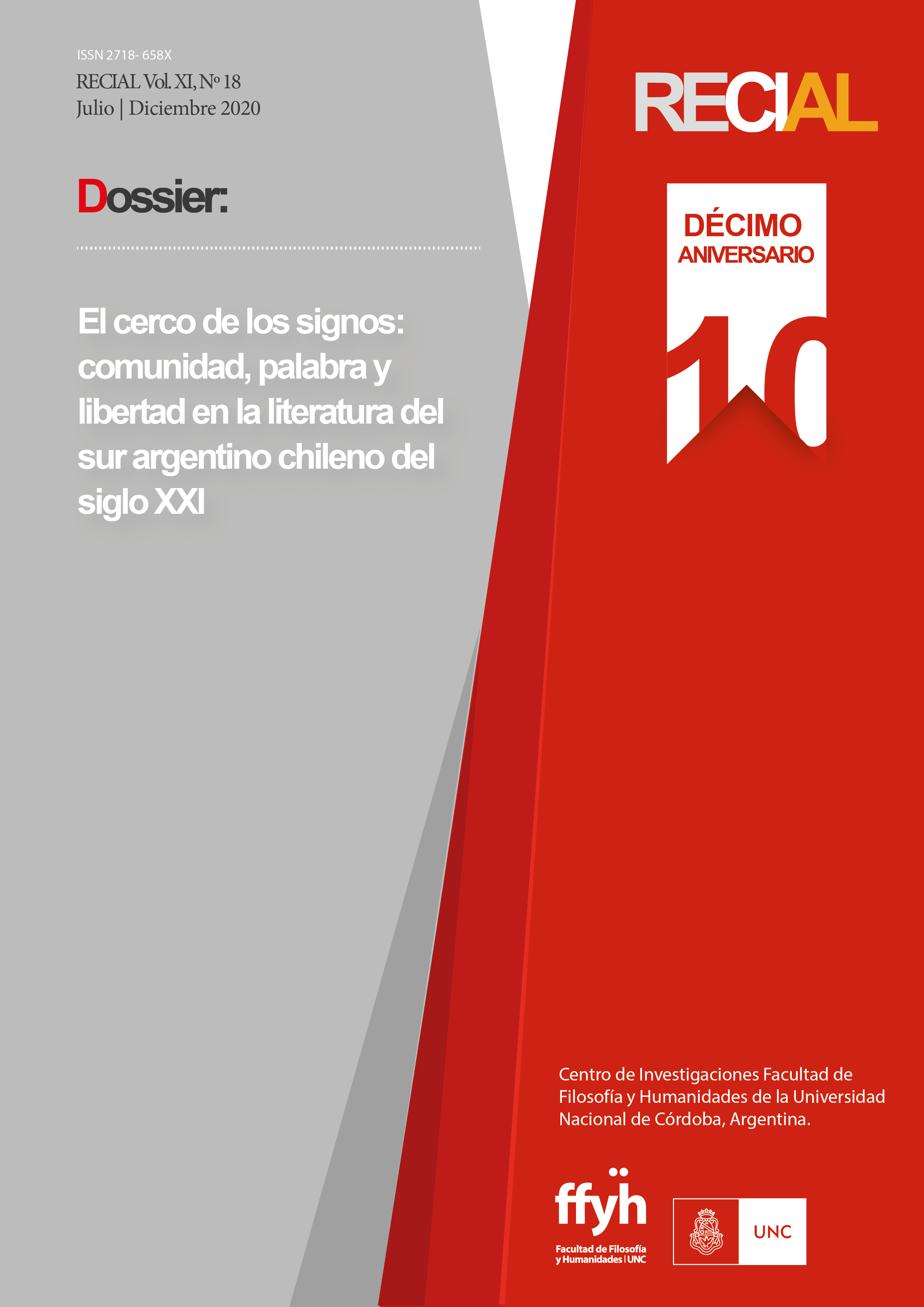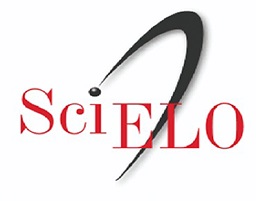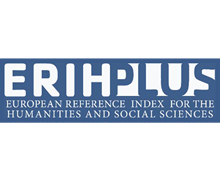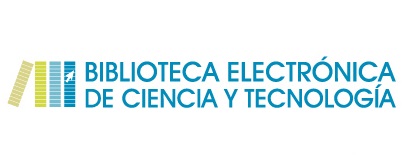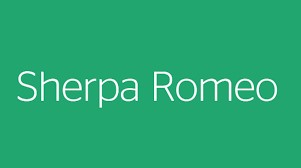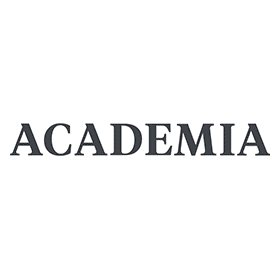The combinatoriality of language
DOI:
https://doi.org/10.53971/2718.658x.v11.n18.31273Keywords:
language, grammar, syntax, semantics, algorithmAbstract
In this article we present a brief overview of the main topics that we have worked on over the last six years with the research team that we lead together with Dra. P. Supisiche. To do so, we review the conceptual framework that articulates the different approaches and we will develop, by way of example, some of the results achieved. Some of the problems worked on served as a basis of final works and undergraduate and postgraduate thesis, as well as various publications and academic productions.The investigations were carried out with the support of the SECyT UNC, within the framework of three Research Projects, two of which (the first and the last) were part of respective Research Programs, where we work together with teams from different academic units of the UNC (Faculty of Philosophy and Humanities, of Languages, of Psychology and FAMAF of the UNC).The plurality of views on the same object allowed us to identify what is essential in the processing of language, recognizing those properties that, paraphrasing J. Searle (1994), are constitutive, distinguishing them from those that are regulative of its use. The possibility of unlimited production of linguistic messages from limited resources and the fact that linguistic statements are independent of their contexts of production, is due to the fact that the meaning of the whole (the message) is the product of the combination of the parts. Hence, our research focused on the analysis of the combinatorial characteristics of languages. Although these occur at all descriptive levels of languages, we focus particularly on the sentence and syntagmatic level, because is where processes of different nature are articulated and integrated. In particular we work with the syntactic and semantic combinatorics that occur at the sentence level, that we analice from different linguistic phenomena and theoretical perspectives. We consider that the results achieved allow us to explain the functioning of language not only at the sentence level, but beyond the sentence, and even to recognize its pragmatic impact. The explanation should not be ignored in the field of language teaching, hence our inquiries led to proposals for teaching grammar.
Downloads
References
Baker, M. (2001). The Atoms of Language. New York: Basic Books.
Belinchón, M.; Igoa, J. y Riviere, A. (1992). Psicología del Lenguaje. Madrid: Ed. Trotta.
Berwick, R. y Chomsky, N. (2016). ¿Por qué solo nosotros? Barcelona: Kairós. Brown, R (1971). The Acquisition of Language. Chicago:
University of Chicago Press. Brown, R. (1973). A First Language: The Early Stages. Cambridge: Harvard University Press.
Calvin W. y Bickerton, D. (2010). Lingua ex Machina. Barcelona: Ed. Gedisa. Chomsky, N. (1965). Aspects of the Theory of Syntax. Cambridge, Massachusetts: MIT Press.
Chomsky, N. (1988). Language and problems of knowledge. Cambridge, MA: The MIT Press.
Chomsky, N. (1995). The Minimalist Program. Cambridge Mass.: The MIT Press.
Chomsky, N (2005). Three factors in language design. Linguistic Inquiry, 36, 1-22.
Chomsky, N (2017). ¿Qué clase de criatura somos? Barcelona: Ariel.
Cuetos Vega, F. (1998). Evaluación y rehabilitación de las afasias. Madrid: Editorial Médica Panamericana.
Defagó, C. (2017). La comunicación animal y las lenguas humanas: ¿diferencias cuantitativas o cualitativas? En S. Barei y A. Gómez Ponce (Comps.), Lecciones sobre la cultura y las formas de la vida. Encuentro Córdoba – Tartu [Archivo de descarga]. Córdoba: Editorial del CEA.
Defagó, C. (2018). Los recursos lingüísticos más allá de la oración: una interpretación de su desarrollo. En A. Gonzalo, C. Carrió y C. Parera (Comps.), Lingüística Generativa: desde los estudios teóricos a las reflexiones histórico-filosóficas (pp. 10-28). Santa Fe: EdicionesUNL.
Defagó C. (2019a). VIII: “El desafío de reconocer los conocimientos previos”. Panelista, sesión Plenaria “Retos del español en la educación del siglo XXI” del Congreso Internacional de la Lengua Española. Córdoba, Argentina.
Defagó C. (2019b). Los conocimientos gramaticales previos y su impacto en la Didáctica de la Lengua. Ponencia presentada en las II Jornadas de trabajo en estudios del procesamiento del lenguaje. Homenaje a Ana María Borzone por su aporte a la enseñanza de la
Lengua. Facultad de Psicología. UNC. Córdoba. De Mier, V. (2009). Dos modelos de alfabetización Inicial: un estudio comparativo (Trabajo final de licenciatura). Escuela de Letras. FFyH. UNC. Demers, R. (1990). Lingüística y comunicación animal. En F. Newmeyer (Comp.), Panorama de la Lingüística Moderna (Vol. 1, pp. 361-384). Madrid: Visor. Desinano, N. y Avendaño, F. (2009). La Didáctica de las Ciencias del Lenguaje. Rosario: HomoSapiens.
Gamut, L. T. F. (1991). Logic, Meaning and Language. Chicago: University Press of Chicago.
Grodzinsky, Y. (1995). A restrictive theory of agrammatical comprehension. Brain and Language, 50, 27-51.
Grodzinsky, Y. (2013). Dos problemas en sintaxis experimental. En V. Jaichenco y Y. Sevilla (Coord.), Psicolingüística en Español. Homenaje a Juan Seguí (pp.277-303). Bs. As.: Editorial de la Facultad de Filosofía y Letras de la UBA.
Gazdar, G. Klein, E. Pullum, G. y Sag, I. (1985). Generalized Phrase Structural Grammar. Oxford: Basil Blackwell.
Fodor, J. (1986). La modularidad de la mente. Madrid: Ed. Morata.
Halliday, M.A. (1975). Estructura y función del lenguaje. En J. Lyons (Ed.), Nuevos horizontes de la lingüística. Madrid: Alianza editorial.
Halliday. M.A. (1982). El lenguaje como semiótica social. La interpretación social del lenguaje y del significado. México: FCE.
Halliday, M.A. (2017). Obras esenciales de M.A.K. Halliday (Compilado por Elsa Ghio, Federico Navarro, Annabelle Lukin) [Traducción de Elsa Ghio et al.] [Archivo de descarga]. Santa Fe: Ediciones UNL.
Halliday, M.A. y Hassan, R. (1985). Language: context: text: aspects of language in a social semiotic perspective. Hong Kong. Oxford: University Press.
Halliday, M. A. y Matthiessen, Ch. (1999). Construing experience through meaning. A language based approach to cognition. London: Continuum Internac. Publ. Group.
Halliday, M. A. y Matthiessen, Ch. (2004). An Introduction to Functional Grammar. London: Arnold.
Harris, R. (1993). Linguistics Wars. Oxford: Oxford University Press.
Jaichenco, V. y Sevilla Y. (Coords.). (2013). Psicolingüística en Español. Homenaje a Juan Seguí. Bs. As.: Editorial de la Facultad de Filosofía y Letras de la UBA.
Karmiloff-Smith y K. Karmiloff, (2005), Hacia el lenguaje. Madrid: Ediciones Morata.
Kintsch, W. y van Dijk, T. A. (1978). Towards a model of text comprehension and production. Psychological Review, 85, 363-394.
Kintsch, W. (1998). Comprehension: A paradigm for cognition. New York: Cambridge University Press.
Longa, V. y López Rivera J.J. (2005). ¿Pueden adquirir palabras los animales? Sobre el aprendizaje de palabras por un perro. ELUA, 19, 301-317. DOI: https://doi.org/10.14198/ELUA2005.19.15
Manni, H. y Gerbaudo, A. (2004). Lengua, ¿Instrumento o conocimiento? Santa Fe: Ediciones UNL.
Manoiloff, L.; Requena, P.; Casandro, M. C.; Defagó, C. M.; Alonso Alemany, L.; Cesaretti, D. … Seguí, J. (2018). Factores que influyen en la comprensión de las cláusulas subordinadas de relativo en español: estudio exploratorio. Onomázein: Revista de
lingüística, filología y traducción de la Pontificia Universidad Católica de Chile, 42, 23-52. Recuperado de https://dialnet.unirioja.es/servlet/articulo?codigo=6776447
Martinet, A. (1960). Éléments de linguistique générale. Paris: Librairie Armand Colin. McCawley, J. (1981). Everything that Linguists Have
Always Wanted to Know About Logic (but were Ashamed to Ask). Chicago: University of Chicago Press.
Menéndez, S. M. (2017). M.A.K. Halliday: de la opción al recurso, de la gramática al registro. En M. A. Halliday (Autor), Obras esenciales de M.A.K. Halliday (Compilado por Elsa Ghio, Federico Navarro, Annabelle Lukin) [Traducción de Elsa Ghio et al.] [Archivo de descarga].
Santa Fe: Ediciones UNL. Olson D. (1997). El mundo sobre papel. Barcelona: Gedisa. Partee, B. (1997). Formal Semantics in Linguistics. En Autor, The Handbook of Contemporary Semantic Theory. Oxford: Ed. Por S. Lappin. Blackwell P.
Saussure, F. de (1945). Curso de Lingüística General. Buenos Aires: Editorial Losada.
Searle, J. (1994). Actos de Habla. Ensayo de Filosofía del Lenguaje. Barcelona: Ed. Planeta.
Seyfarth, R.; Cheney, D. y Marler, P. (1980). Vervet monkeys alarm calis: semantic communication in a free-ranging primate. Animal Behaviour, 28, pp.1070-1094.
Sperber D. y Wilson, D. (1986). Relevance. Oxford: B. Blackwell.
Supisiche, P. (2015). Teorías gramaticales: contraste descriptivo y transferencia a corpus. En C. Defagó (Comp.), Estudios sobre Lenguaje y Gramática: entre la Praxis, la Teoría y la Enseñanza. Córdoba: Editorial Brujas. Supisiche, P. (Comp.). (2016). Enseñar gramática: reflexiones y propuestas. Córdoba: Editorial Brujas. Thomason, R. (Ed.). (1974). Formal Philosophy. Selected Papers by Richard Montague. New Haven: Yale University Press.
van Dijk, T. y Kintsch, W. (1983). Strategies of discourse comprehension. New York: Academic Press.
Published
How to Cite
License

This work is licensed under a Creative Commons Attribution-NonCommercial-ShareAlike 4.0 International License.
Aquellos/as autores/as que tengan publicaciones en esta revista, aceptan los términos siguientes:
- Los/as autores/as conservarán sus derechos de autor y garantizarán a la revista el derecho de primera publicación de su obra, el cuál estará simultáneamente sujeto a la Licencia de reconocimiento de Creative Commons que permite a terceros compartir la obra siempre que se indique su autor y su primera publicación esta revista.
- Los/as autores/as podrán adoptar otros acuerdos de licencia no exclusiva de distribución de la versión de la obra publicada (p. ej.: depositarla en un archivo telemático institucional o publicarla en un volumen monográfico) siempre que se indique la publicación inicial en esta revista.
- Se permite y recomienda a los/as autores/as difundir su obra a través de Internet (p. ej.: en archivos telemáticos institucionales o en su página web), luego de su publicación en la revista. (Véase El efecto del acceso abierto).

